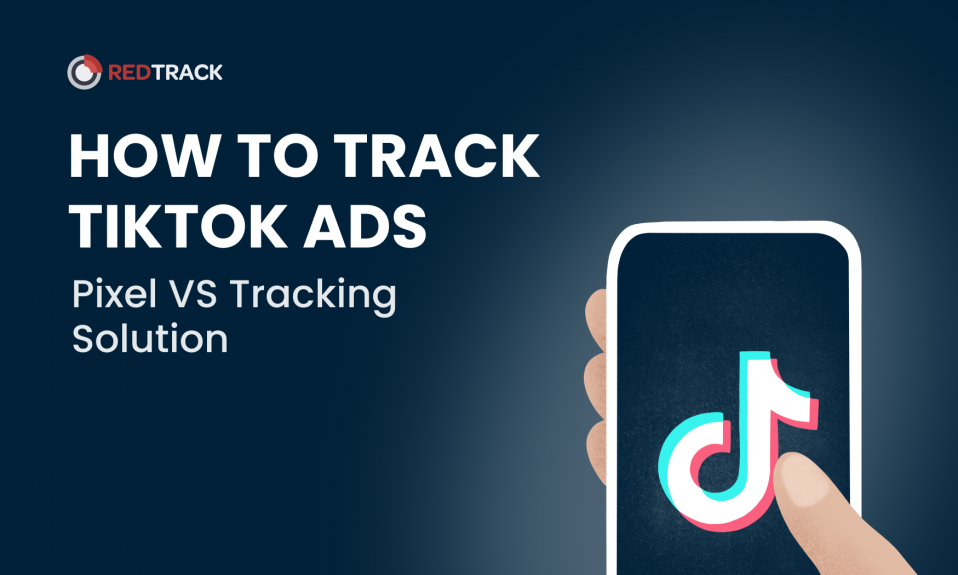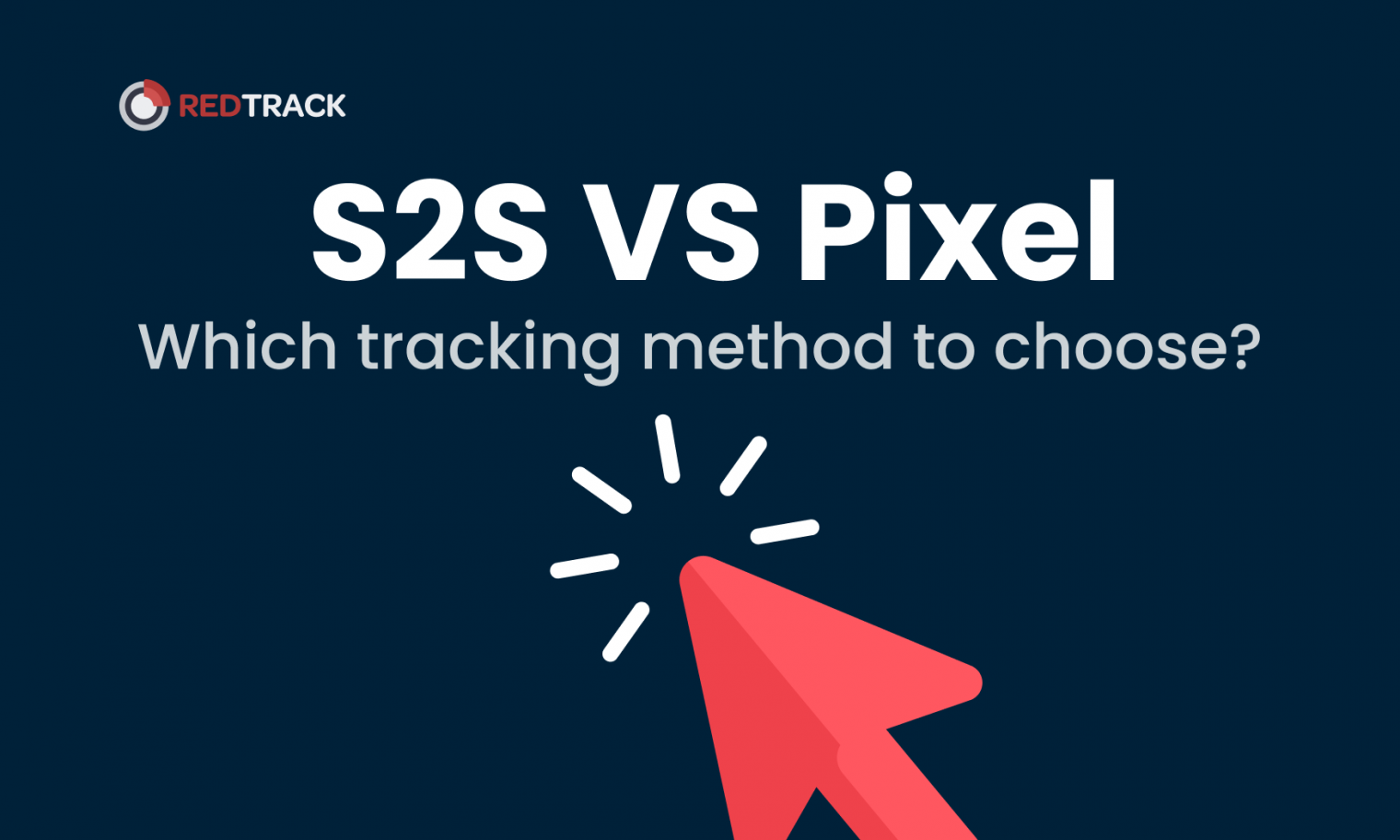
Check our 2-minute video to explore 5 reasons users choose RedTrack as their ad tracking & attribution partner.
Postback tracking, a cornerstone in digital marketing and media buying, represents a pivotal shift from traditional tracking methods. It's a server-to-server tracking mechanism that ensures accuracy and real-time data collection. Unlike pixel-based tracking, postback tracking isn't hindered by browser limitations or ad blockers, making it an indispensable tool for marketers aiming for precise campaign performance analysis.
Postback tracking, also known as server-to-server tracking, is a method used by digital marketers to track user actions (conversions) without relying on browser cookies. It works by sending data directly from one server (typically the advertiser’s) to another server (the affiliate network or tracking platform) once a conversion event occurs.
In postback tracking, a unique identifier, often referred to as a "click ID", is generated when a user clicks on an advertisement. This click ID is passed through the conversion process and is used to match the conversion back to the specific user action. This method offers a more robust and accurate tracking solution, especially in environments where cookies are blocked or unreliable.
Accuracy: By bypassing browser-related issues, postback tracking provides more accurate data on user conversions.
Real-time Tracking: Enables real-time data analysis, crucial for timely decision-making in campaign optimization.
Fraud Prevention: Reduces the likelihood of fraudulent activities, as server-to-server connections are harder to manipulate compared to client-side methods like pixel tracking.
To implement postback tracking, coordination between the advertiser's server and the tracking platform is essential. The process generally involves the following steps:
Setup Tracking Platform: Select a tracking platform that supports postback tracking. Set up the campaign within the platform to generate unique tracking URLs and click IDs.
Integrate with Advertiser’s Server: Establish a connection between the tracking platform and the advertiser’s server. This involves configuring the server to recognize and store the click IDs and to send a postback to the tracking platform when a conversion occurs.
Conversion Tracking: When a user clicks on an ad, the click ID is recorded. Upon conversion (like a purchase or sign-up), the advertiser’s server sends a postback to the tracking platform with the click ID and conversion details.
Data Analysis: The tracking platform processes this data, attributing conversions to the correct marketing channels and campaigns.
Server Configuration: Ensure that the advertiser’s server can handle postback requests and is configured correctly to send conversion data.
Data Security: Since data is transmitted between servers, ensure that secure protocols are used to protect sensitive information.
While postback tracking offers significant advantages, it's not without challenges:
Integration Complexity: Integrating multiple systems and ensuring they communicate effectively can be complex.
Data Discrepancies: Differences in how platforms record and report data can lead to discrepancies in tracking results.
Solutions
Expertise in Integration: Employ or consult with experts skilled in digital marketing technology for smooth integration.
Regular Audits: Conduct regular audits of tracking data to identify and rectify any discrepancies.
The future of postback tracking is tied to the evolution of digital marketing. As privacy concerns grow and cookie-based tracking becomes more restricted, postback tracking's importance is set to increase.
Increased Privacy Focus: With greater emphasis on user privacy, postback tracking offers a compliant alternative to cookie-based methods.
Integration with Advanced Technologies: Incorporating AI and machine learning for more predictive analytics and automated decision-making.
Staying Ahead
Continuous Learning: Marketers should stay updated on technological advancements and regulatory changes.
Adaptability: Be ready to adapt strategies in response to the evolving digital landscape.
Postback tracking is an essential tool for modern marketers, offering accuracy, real-time data, and adaptability in an increasingly complex digital ecosystem. Its server-to-server nature makes it a reliable method in the face of evolving internet privacy standards and technological advancements. As the digital marketing landscape continues to evolve, embracing and understanding postback tracking will be crucial for any marketer looking to accurately measure and optimize their campaigns.

Check our 2-minute video to explore 5 reasons users choose RedTrack as their ad tracking & attribution partner.

Join our Facebook group to participate in the discussions, share your insights with like-minded people, and ask for support if needed.

Find out how Financer.com optimized the conversion rates of both organic and paid traffic by 60% with RedTrack.